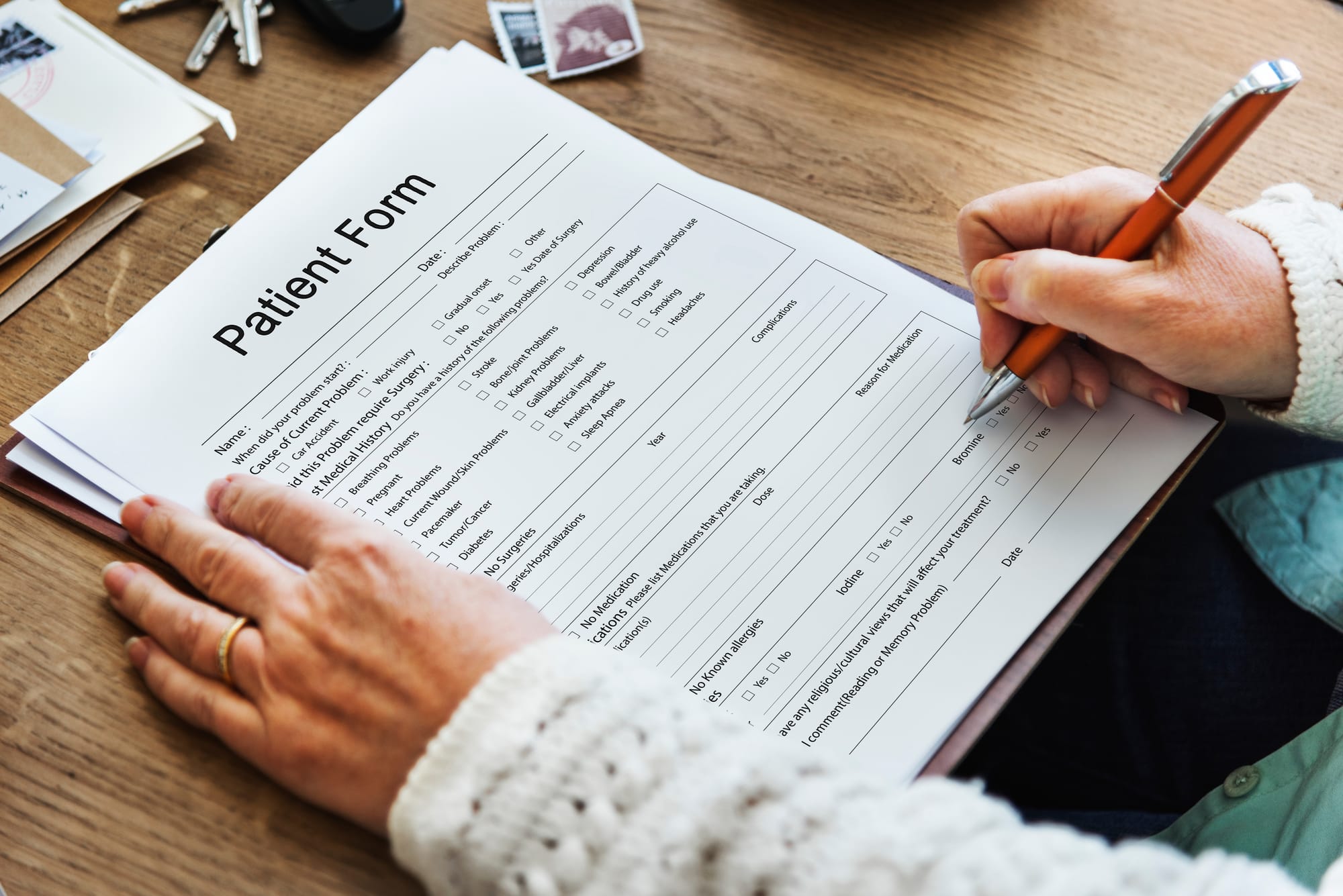SOAP Template: Consistent Clinical Documentation Guide
Master SOAP notes with a ready-to-use template. Learn what to put in Subjective, Objective, Assessment, and Plan—plus pro tips to write faster, clearer, audit-ready documentation.

SOAP notes are a widely used method for documenting client interactions in healthcare, therapy, and counseling. The SOAP format—standing for Subjective, Objective, Assessment, and Plan—provides a structured approach to recording essential information, improving communication among providers, and supporting continuity of care.
Whether you’re a therapist, counselor, or healthcare professional, using a SOAP note template can save time, improve consistency, and ensure your documentation meets professional standards.
Related: The Ultimate Guide to Veterinary SOAP Notes: From Template to AI [2025 Edition], SOAP Template: Styles, Formats & Clinical Documentation, and The Veterinarians Complete Guide to SOAP Notes [2024].
Why Use a SOAP Note Template?
A SOAP note template offers several key benefits:
Efficiency: No need to start from scratch for each client or session.
Consistency: Ensures all important information is captured in a uniform way.
Professionalism: Makes your notes easier to read and share with colleagues or insurance providers.
Compliance: Helps meet documentation standards required in healthcare and mental health settings.
What Does SOAP Stand For?
Each section of a SOAP note serves a distinct purpose:
Subjective (S): The client’s own words, feelings, symptoms, or concerns. This section captures their perspective and may include direct quotes.
Objective (O): Observable facts, measurements, and clinical findings. This is where you record what you see, hear, or measure during the session.
Assessment (A): Your professional analysis or diagnosis, synthesizing the information from the first two sections.
Plan (P): The next steps for treatment, including interventions, homework, referrals, or follow-up appointments.
How to Write Each Section of a SOAP Note
Subjective:
Record the client’s self-reported symptoms, feelings, or goals. Use their own words when possible.
Example: “I’ve been feeling anxious and can’t sleep at night.”
Objective:
Document measurable or observable facts. This could include appearance, behavior, test scores, or your observations as a provider.
Example: Client appeared restless, avoided eye contact, and scored 14 on GAD-7 (moderate anxiety).
Assessment:
Provide your clinical impression or diagnosis. Summarize the session based on the subjective and objective information.
Example: Symptoms consistent with generalized anxiety disorder. Anxiety appears to be triggered by work-related stress.
Plan:
Outline what happens next. Be specific about interventions, homework, referrals, or future appointments.
Example:
- Continue with cognitive behavioral therapy techniques.
- Assign thought record homework.
- Next session scheduled for one week.
Ready-to-Use SOAP Note Template
Copy and use the template below for your own documentation needs:
SOAP Note Template
Client Name:
Date:
Session Number:
Provider:
S – Subjective
[Record the client’s self-reported symptoms, concerns, feelings, or goals. Use direct quotes when possible.]
O – Objective
[Document observable, measurable facts. This may include appearance, behavior, test results, or therapist’s observations.]
A – Assessment
[Provide your clinical impression, diagnosis, or summary of the session based on the subjective and objective information.]
P – Plan
[Outline next steps for treatment, interventions, homework, referrals, or follow-up plans. Be specific and actionable.]
Tips for Effective SOAP Notes
Be clear and concise.
Use bullet points for clarity, especially in Objective and Plan sections.
Avoid jargon unless necessary; explain any medical terms.
Review and edit your notes for completeness and accuracy.
Conclusion
A SOAP note template is a simple but powerful tool for improving your clinical documentation. By following this structured approach, you’ll ensure your notes are thorough, professional, and easy to reference—saving you time and supporting better client care.
